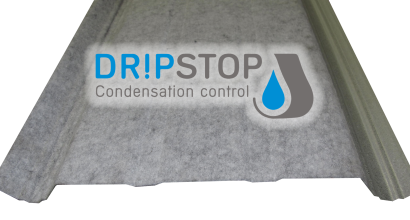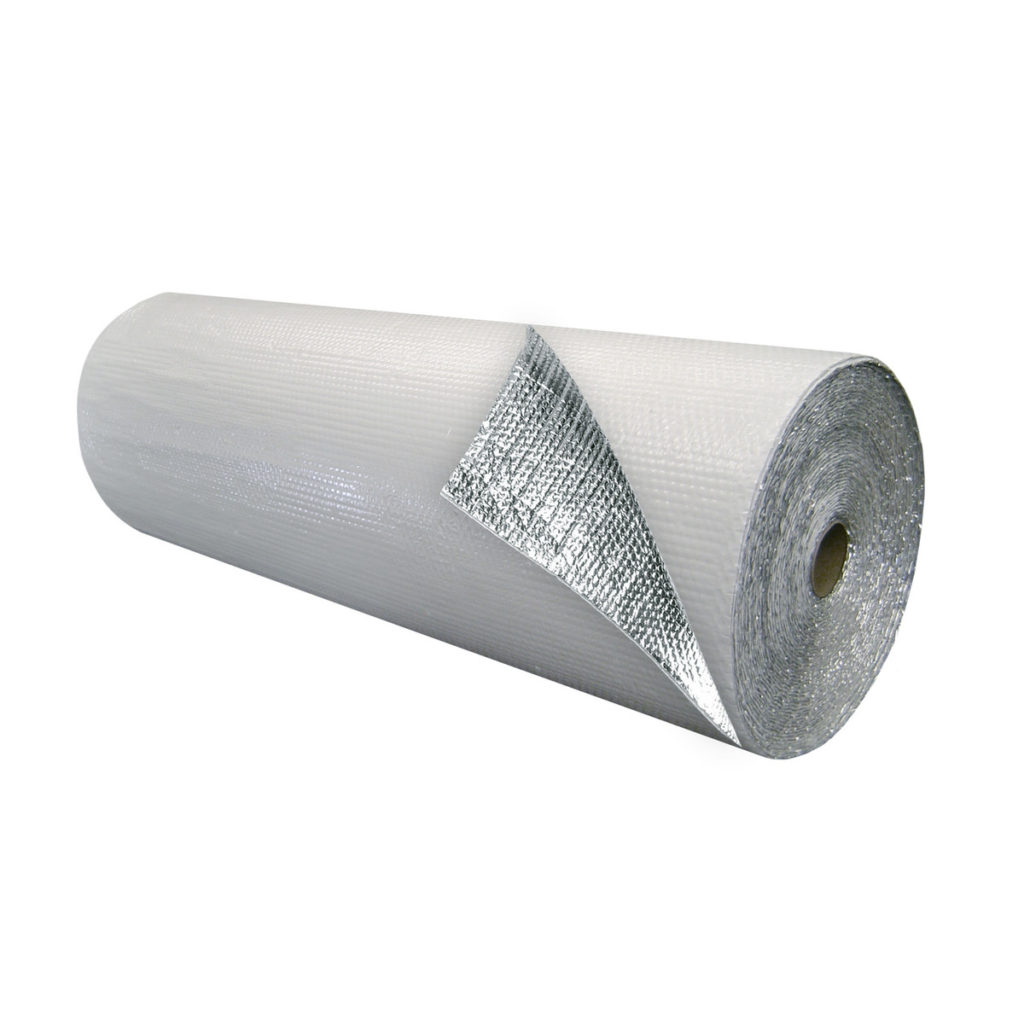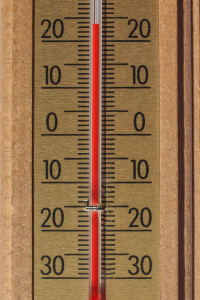
Moisture damage from rain, snow, and ice is a big no-no when it comes retaining the integrity of any building. Most buildings, especially those with metal roofing or siding, can benefit from a roof vapor barrier. These covers are designed to block moisture damage and further insulate your home or business.

How Does a Vapor Barrier Work?
Vapor barriers slow both the migration of water from precipitation and the passage of moisture-filled air from your roof into other parts of your home or building. They’re particularly useful when dealing with dampness. The warm, humid air inside your building can cause condensation to form on cooler, drier surfaces. This is called vapor transmission and can lead to severe damage if it is allowed to build over time. Vapor transmission can move from interior to exterior and vice versa, so you need to protect all areas of your home. People who live in areas with long winters, such as Alaska, Montana, Michigan, or Minnesota, should be especially aware of vapor control.

How Do I Know if I Need a Vapor Barrier?
Not every building will benefit from a vapor barrier. Those that do are usually exposed to high humidity levels – indoor pools, bakeries, locker rooms, laundries, machine shops…etc Homeowners should consider using vapor barriers if they live in a state where summer and winter temperatures are extreme and seasons are longer than usual. The water damage that occurs when copious amounts of ice melt in Alaska is the same water damage you’ll get when humid air and heavy rain combine in the Gulf Coast states or in a metal roof system that is not properly vented in the Midwest.
What’s the Best Way to Use a Vapor Barrier?
Most experts are concerned about vapor barriers because people use them incorrectly. That is, home and business owners put in blockades to keep water out, but they don’t ensure it can drain once it gets in. The way you use a vapor barrier will depend on the type of building you have and the climate in which you live. If you reside in a colder climate, your biggest concern will be preventing solid precipitation, such as ice, from becoming liquid and draining into your home. For warmer climates, you’ll need to make sure small pockets of water don’t freeze as the weather cools, creating ice dams. Keep in mind that brick and wood-framed homes are susceptible to water damage because these materials aren’t as strong as metal or other options.
Milmar uses two methods for roof vapor barrier: 1. Single bubble vapor barrier and 2. Drip-Stop vapor barrier
Single bubble vapor barrier is a bubble wrap type material that is faced with reflective foil on the upper side and white vinyl on the inside. It blocks condensation from dripping into a pole barn and runs it out of the eaves as well as adding a slight R-value to the roof and also deadening sound transmission slightly.
Drip-Stop is a felt like material that is sprayed directly on the back of the metal roofing panels at the manufacturer and absorbs any condensation that comes through and naturally releases it back into the air without dripping. The benefit of Drip-Stop is that it will never sag or tear as it is a sprayed on material. You can check out their website here: Drip-Stop Condensation Control
Have questions or need a pole barn quote? Feel free to contact us at MilMar Post Buildings.